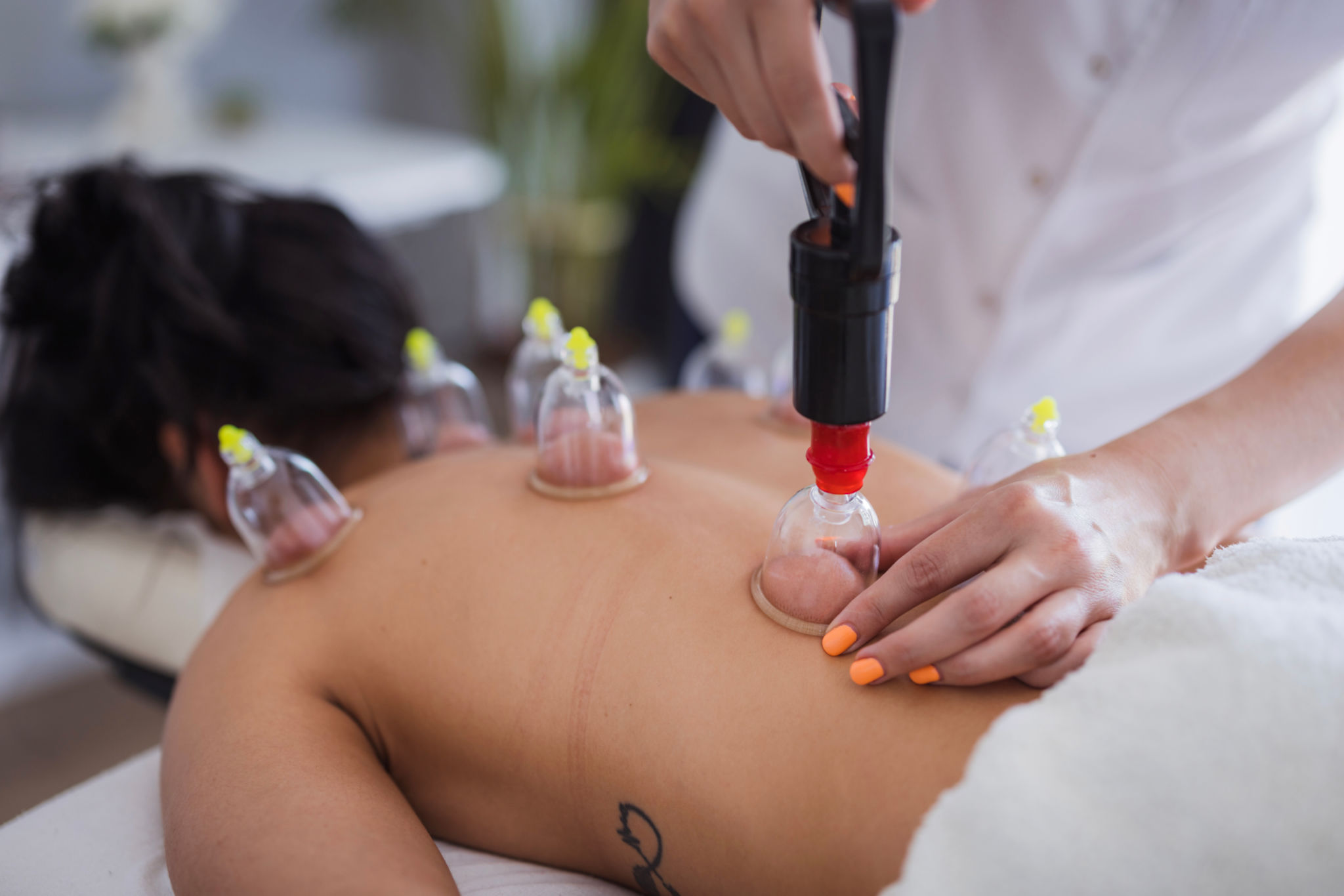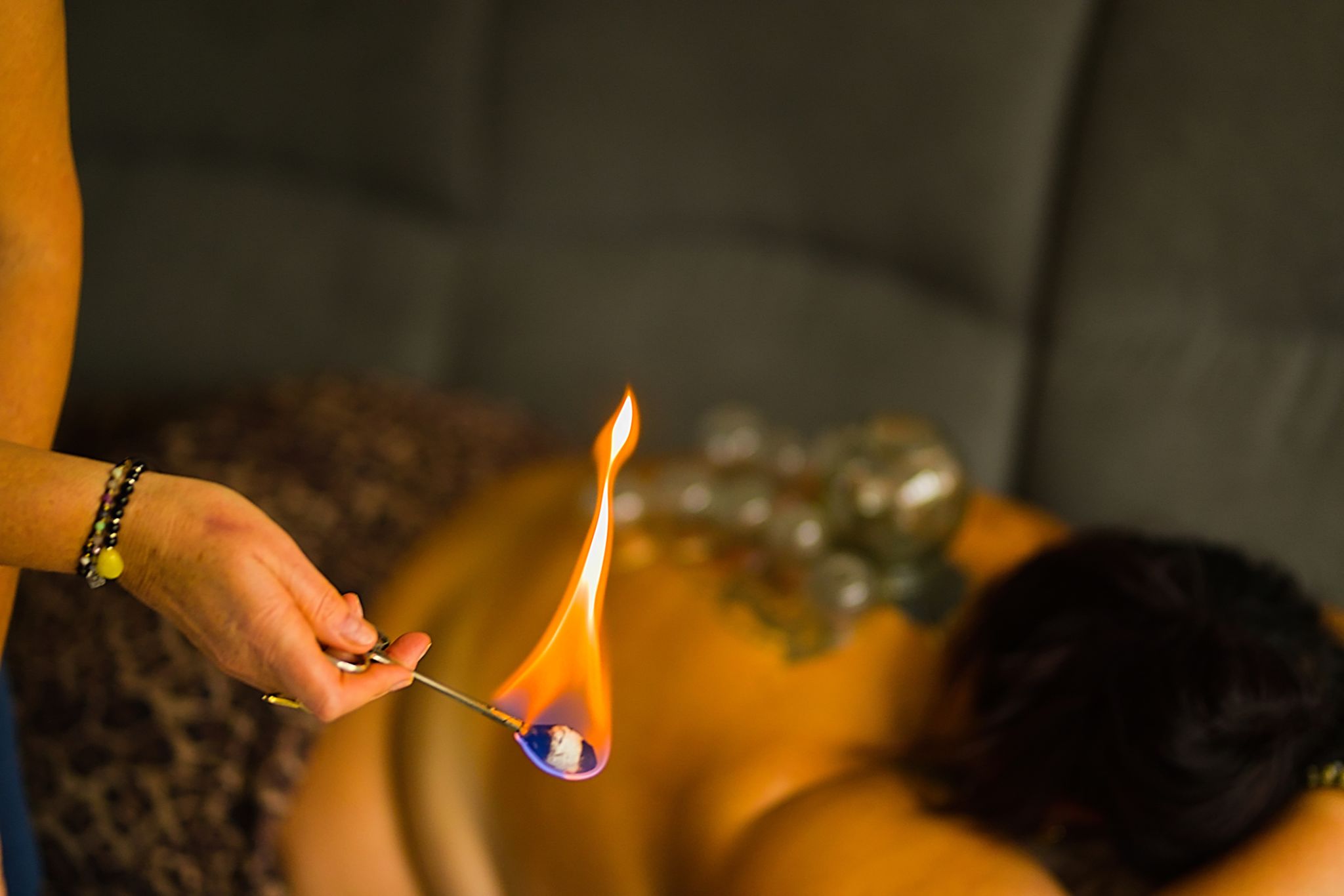A Beginner’s Guide to Cupping Therapy: What to Expect and How It Works
Understanding Cupping Therapy
Cupping therapy is an ancient form of alternative medicine that has been practiced for thousands of years, with origins in Chinese and Middle Eastern cultures. It involves placing cups on the skin to create suction, which is believed to help facilitate healing and relaxation. This therapy has gained popularity in recent years due to its potential health benefits and endorsements from athletes and celebrities.

How Does Cupping Therapy Work?
The basic principle behind cupping therapy is the creation of a vacuum inside the cup, which pulls the skin and underlying tissues upward. This process is thought to improve blood circulation in the targeted area, helping to relieve muscle tension and promote cell repair. The suction effect also draws out toxins and other impurities from the body, facilitating a natural detoxification process.
Different Types of Cupping
There are several types of cupping techniques, each with its own unique benefits:
- Dry cupping: Involves placing heated cups on the skin to create suction.
- Wet cupping: Similar to dry cupping, but involves making small incisions on the skin before applying the cups, allowing for the removal of blood and toxins.
- Fire cupping: Uses heat to create a vacuum inside the cup, typically by lighting a flame inside the cup before placing it on the skin.
- Silicone cupping: Utilizes flexible silicone cups that can be easily moved across the skin for a massage-like effect.
What to Expect During a Cupping Session
If you're new to cupping therapy, you might be curious about what a typical session entails. Here’s what you can expect:
- Preparation: The therapist will clean the area where the cups will be applied and may apply oil or lotion to facilitate movement.
- Application: Cups are then placed on the skin, either by using heat or a hand pump to create suction.
- Sensation: You may feel a tight pulling sensation as the suction takes effect. This should not be painful, but it can feel intense for some people.
- Duration: Cups are usually left in place for five to ten minutes, depending on your specific needs and tolerance.

The Benefits of Cupping Therapy
Cupping therapy is believed to offer numerous health benefits. Some of the most common include:
- Pain relief: By improving blood circulation, cupping can help alleviate muscle pain and discomfort.
- Relaxation: The process of cupping can reduce stress and promote a sense of well-being.
- Detoxification: Cupping may aid in removing toxins from the body, contributing to overall health.
- Improved skin health: It is also used to treat skin conditions like acne and eczema by improving blood flow and reducing inflammation.
Possible Side Effects
While cupping therapy is generally considered safe when performed by a trained professional, there are some potential side effects to be aware of. These can include mild bruising or swelling at the site where cups were applied, as well as temporary skin discoloration known as "cup marks," which usually fade within a few days. It's important to discuss any concerns with your therapist prior to treatment.

Is Cupping Right for You?
Cupping therapy can be a beneficial addition to your wellness routine, but it's not suitable for everyone. Individuals with certain medical conditions, such as bleeding disorders or skin infections, should consult their healthcare provider before trying cupping. Additionally, pregnant women and those with sensitive skin may want to seek advice from a professional before proceeding.
If you're considering cupping therapy, ensure you consult with a qualified practitioner who can tailor the treatment to your specific needs. This ensures not only effectiveness but also safety throughout the process. Whether you're looking to relieve tension or simply explore new wellness practices, cupping therapy offers an intriguing option worth exploring.
